If you market it, they will come but some say P.E.I. tourism should go beyond 'driving revenue'
Volunteer groups, cultural organizations struggling to cope as tourism numbers grow

On a beautifulsunny day in late July, Bryson Guptill stands by the roadside in Victoria-by-the-Sea on Prince Edward Island's South Shore, at the spot where hikers doing the Island Walk should see a sign saying they have reached Waypoint #2.
But there is no sign here. At some point during the last year, it disappeared. Thathappens. Some signs get damaged by snow plows, and sometimes people just take them.
"They like them as souvenirs," said Guptill."Especially the little signs that are on the Confederation Trail. They're very popular."
Guptill is one of the creators of the Island Walk, a popular 700-kilometre hike that connects existing trails and publicly accessible beaches to circle around P.E.I. He still acts in an advisory capacity to the small volunteer board, and he knows the missing signs are a problem.
They cost thousands of dollars every year to repair and replace money the board doesn't have. So every year, it applies to the province for funding to keep the trail appropriately marked.
Tourism P.E.I., the province's tourism agency, was very supportive in getting the Island Walk off the ground back in 2019, supplying initial funding for signage and map creation, but Guptill said support has been less reliable since.

"After this amount of time, we're a bit surprised that a volunteer organization,a very small volunteer board has to carry the weight of this endeavour," he said.
The walk generated huge media interest in its first years. Travel + Leisure, National Geographic, The New York Times, The Globe and Mail, The Toronto Starand BBC Travel all ran features on it. The value of the coverage has been estimated as high as $20 million, said Guptill.
About 500 people registered to tackle the Island Walk last year. These walkers tend to stay a long time, an average of two weeks, and therefore spend a lot of money on P.E.I. Given the experience of similar walks in Europe, Guptill believes that with a little more support,annual traffic on the walk could be four or five times higher.

"We've been encouraged by Tourism and ACOA to make this thing self-sustaining, but I'm not sure a volunteer organization is the best place to make it self-sustaining," he said.
Doing that would take an annual budget of $180,000, according to a government-funded strategic plan for the Island Walk.
'By industry, for industry'
The P.E.I. Tourism Department declined to be interviewed for this story, but emailed a statement about its strategy in response to questions from CBC News.

"The tourism strategy was developed by industry, for industry," the statement said."Measurable success of the strategy will be an increase in total annual tourism revenue in the primary season and increased visitation during the winter and shoulder seasons."
One way the government supports that goal is by spending millions every year on marketing.Rachel Dodds, a professor of hospitality and tourism management at Toronto Metropolitan University, finds something lacking in that approach.
"Usually a policy should be about benefiting your constituents, not just about driving revenue. The issue is: If it's only about driving revenue, what is being lost in the process?" said Dodds.
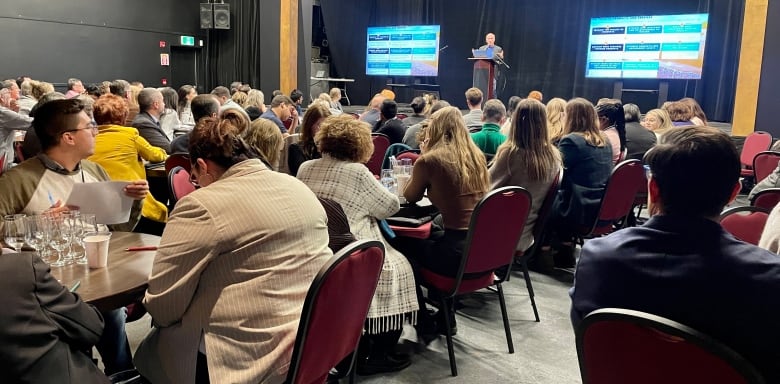
"Government should be driven by the purpose of good governance in terms of what's beneficial for its constituents."
Dodds agrees industry players shouldhave a say in a region's tourism strategy, but she thinks non-profit groups and residentsalso have a stake. Visitors use resources like beds, highways, water, space on the sidewalk and none of these things have a limitless supply.
It's about what's going to make P.E.I. a good place to live. If it's a good place to live, then it's also a good place to invest, it's also a good place to visit. Rachel Dodds
"It's about what's going to make P.E.I. a good place to live," she said."If it's a good place to live, then it's also a good place to invest, it's also a good place to visit."
The government argues the tourism industry creates revenue that does help make P.E.I. a good place to live.
"In 2023, tourism generated an estimated $498 million in direct visitor spending, resulting in an estimated $158.6 million in tax revenues," its emailed statement said.
"These funds go back into supporting the programs and services important to Islanders."
An expanding marketing budget
The idea of tourism as an economic driver for Prince Edward Island goes back almost 60 years.
In 1965, the provincial government commissioned the Acres report, which provided some of the first solid research about who P.E.I. tourists were, what they did, and why they came. It also argued for a more centralized approach to developing the industry.
That was the beginning of a government-led strategy for tourism. At the time, the provincial budget for tourism marketing was $185,655, worth about $1.8 million in 2024 dollars. The annual budget isnow more than $11 million.
Government promotion of the industry made a lot of sense in the 1960s and 70s, said Prof. Jim Sentance of the University of Prince Edward Island economics department.
"Finding jobs for people to prevent them from all just going down the road to Ontario was a compelling thing for government," said Sentance.
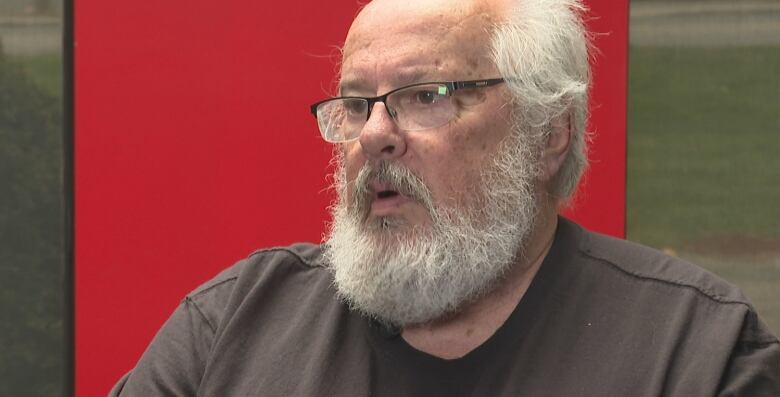
The argument for supporting the industry is less compelling now, he said. Jobs that were relatively attractive in the mid-20th century are not attracting so much interest now.
Take, for example, accommodation and food services, a major part of the tourism economy. In 2023, the GDP generated per job in that sector was $42,789. That compares to $81,653 per job for the economy as a whole.
The relatively low value of these jobs is reflected in a diminished interest from Islanders in filling them. The number of jobs in accommodation and food services peaked in 2018 at 6,700. Despite growth in that sector's GDP, the number of jobs fell to 5,700 in 2023.
"The jobs are not great jobs. They're seasonal; they don't pay all that well," said Sentance.
Given that, he said he's not sure why the government tourism marketing budget continues to grow, as opposed to public dollars being spent on higher-returninitiatives.
"Some of it's just momentum, inertia," he said."We've always done it, so we want to keep doing it."
'We waste a lot of money on marketing'
Dodds also questions the value of spending on marketing, even when it succeeds in attracting visitors.

"We waste a lot of money on marketing. We spend a lot of money on marketing places and very, very little money managing those places," she said.
"Usually value, and having a good experience when somebody gets to a destination, holds a lot more weight than just hearing about the destination."
The province does spend about $17 million a year administering parks and golf courses, receiving $10 million backfrom items such as campsite rentals and green fees.
Cultural groups struggling
Culture, on the other hand, does not receive anything like that level of support.
Cultural funding falls outside of Tourism P.E.I., existing elsewhere withinthe Department of Fisheries, Tourism, Sport and Culture. Culture has a budget of about $2 million, most of which goes to the P.E.I. Museum and Heritage Foundation, which operates a number of smallthemed sites around the province..
P.E.I. has no central museum, despite promises going back to 2008.
And the past year has been a difficult one for P.E.I. cultural institutions.

The Guild in Charlottetown had to go through a major restructuring, and Art in the Open, which has offered an art show at various locations around Charlottetown in late August formore than decade, announced it would heavily scale back this year while it reviews its sustainability.
"Finances are always a concern when you're working with an arts organization that relies heavily on public funding. That's a landscape that's always changing," Art in the Open chairJordan Beaulieu told CBC in early July.
Outside of the Culture Department budget, the province also supports Confederation Centre of the Arts with $1.5million. That contribution was recently boosted from a little under $1 million a year, where it had been sitting since at least 2013.
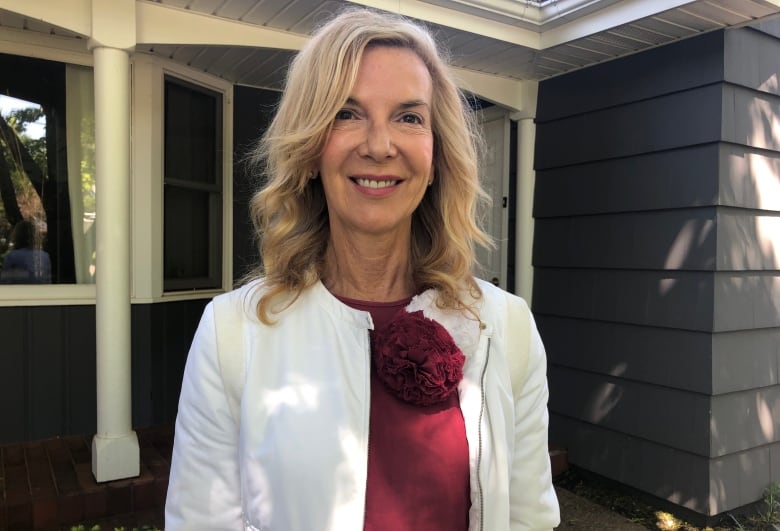
Confederation Centre is unusual; the result of a Canadian centennial project isa national cultural organization but not a federal Crown corporation. It relies on provincial funding to keep the lights on, but that funding achieves little more than that, said JessieInman, who was the CEO of the centre from 2011 to 2018.
"The centre should be presenting new Canadian works, just like the National Arts Centre does in Ottawa," said Inman.
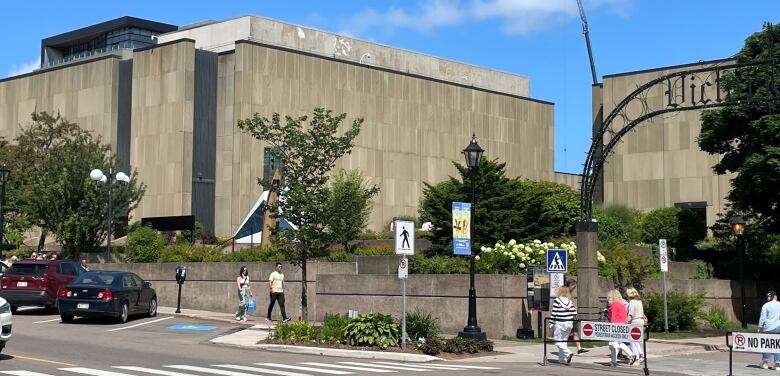
But that is an expensive endeavour, and one complicated by the fact that the Charlottetown Festival's flagship productionAnne of Green Gables The Musical,rarely makes a profit, she said.
"Bringing in a known act, like The Jersey Boys this year, has a little bit more guarantee," said Inman.
'What failure looks like'
Around the world, more tourism destinations are turning their attention to building up reasons for tourists to come, rather than just focusing on marketing, said Dodds.
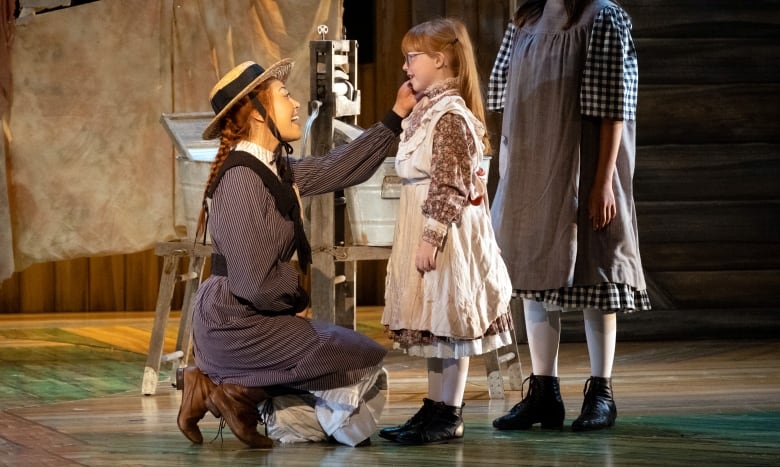
"If you're only measuring based on numbers, then your metrics of success are incorrect," she said.
"There has been a shiftnot a global shift but it's startingfor the need for a shift from destination marketing organizations to destination marketing and management organizations. Those who promote tourism shouldn't just be promoting it;they should also be managing the impacts of it."
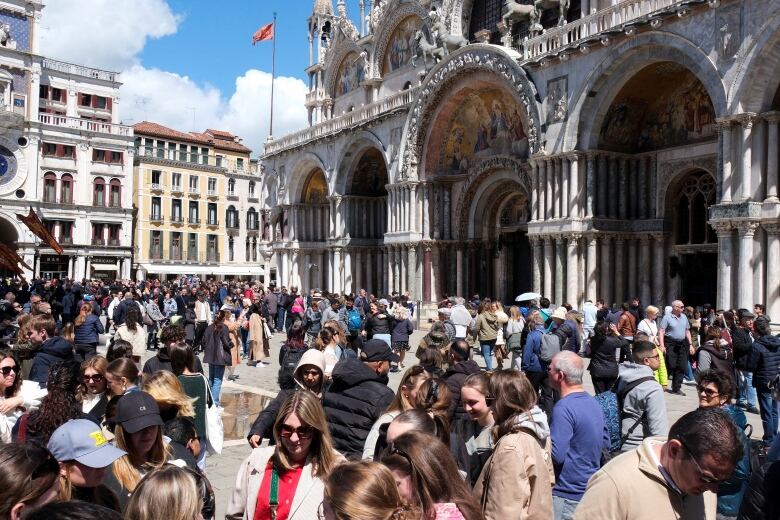
Spending on marketing without adequate investment in infrastructure is not the only potential problem with a tourism strategy focused solely on growth, said Dodds.
It leaves out the answer to a majorquestion: How many tourists is enough?
Places around the world that have asked that question too late Venice, Kyoto, Amsterdam, Machu Picchu are suffering from what has come to be known as overtourism, and are now trying to turn back the tide.

"Unfortunately, everyone who deals with the problem when it arrives has left it too late," said Dodds.
"We should be thinking about the long-term consequences. What success looks like, but also what failure looks like."
Corrections
- A previous version said provincial support for Confederation Centre was recently increased to $1.2 million. In fact, it was increased to $1.5 million.Aug 20, 2024 7:19 AM AT













_(720p).jpg)


 OFFICIAL HD MUSIC VIDEO.jpg)
.jpg)



























































































